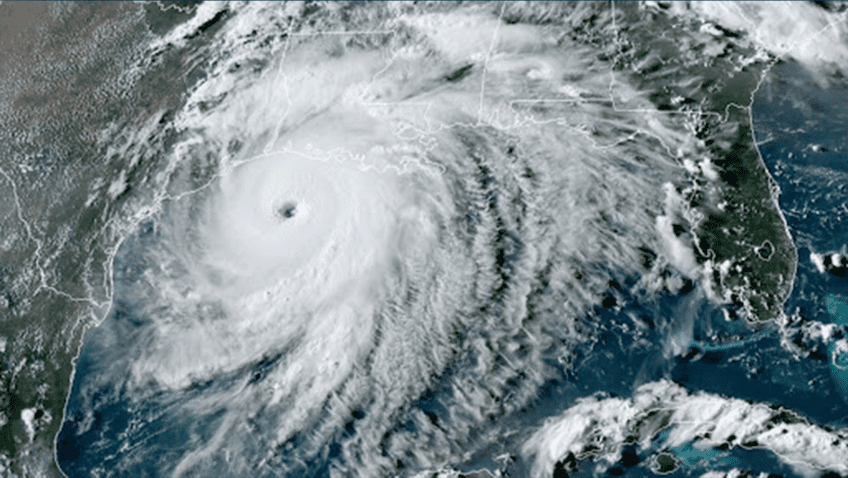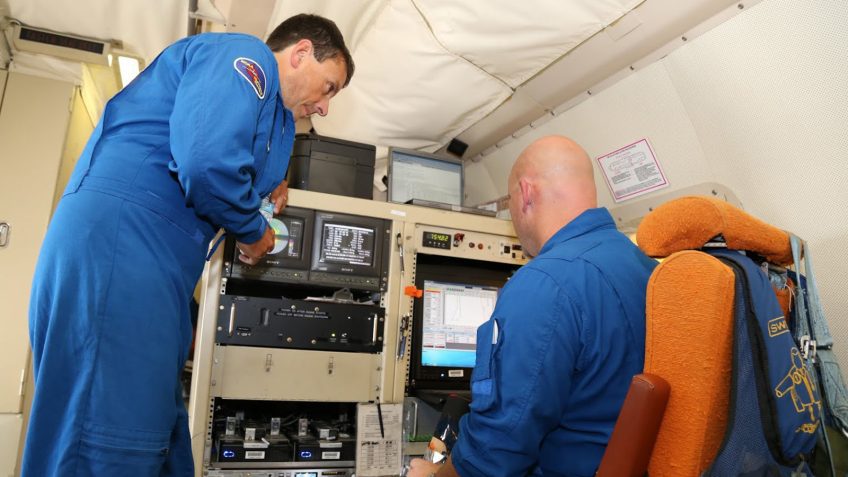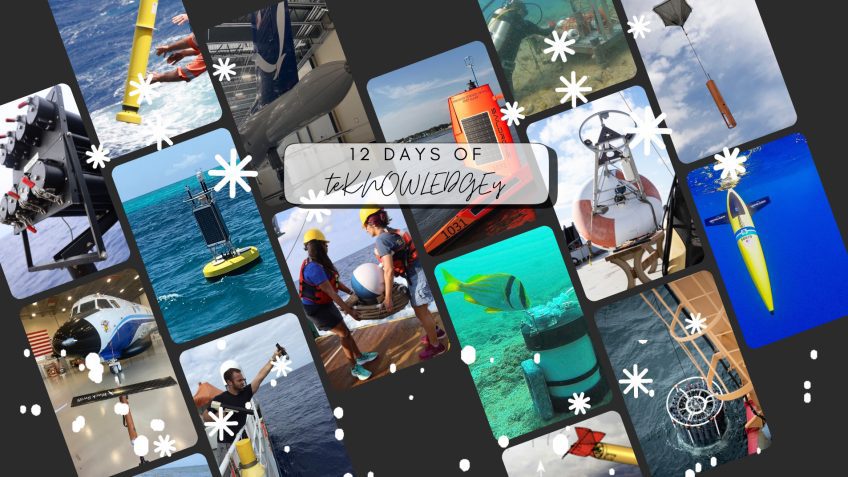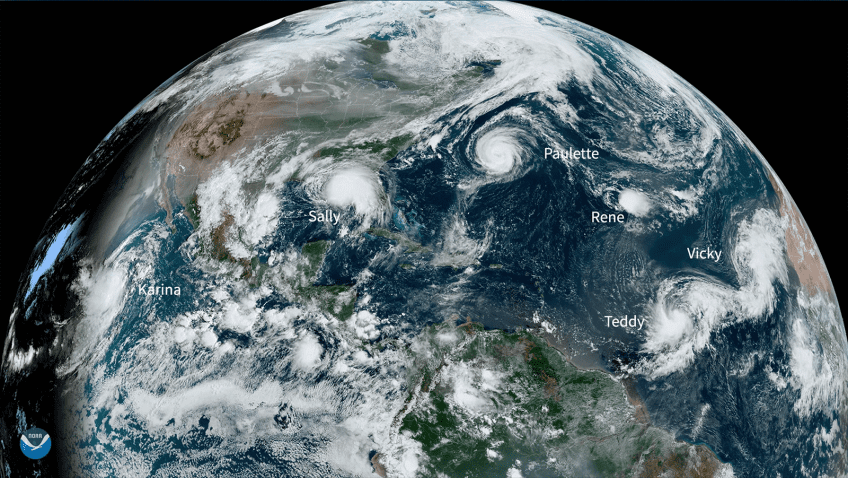Ocean Month: Identifying the ocean’s role in fueling hurricanes
Join us as we celebrate and learn about our world ocean throughout National Ocean Month. June 1st not only marks the start of National Ocean Month, it also is the first day of hurricane season. To kick off this year’s Ocean Month, we are looking at the major role the ocean plays in the formation […]











